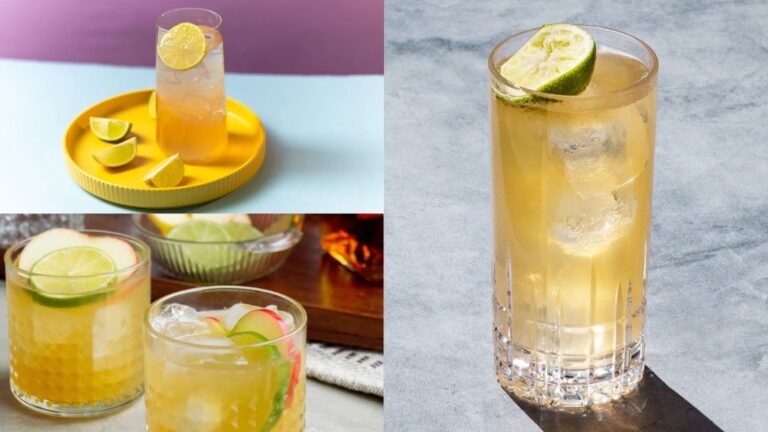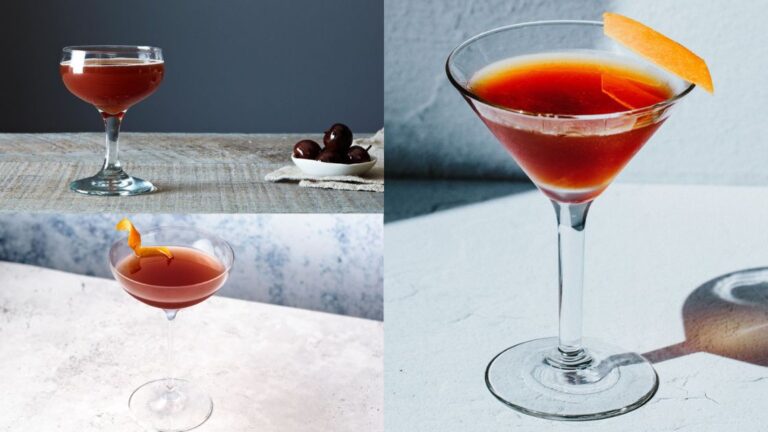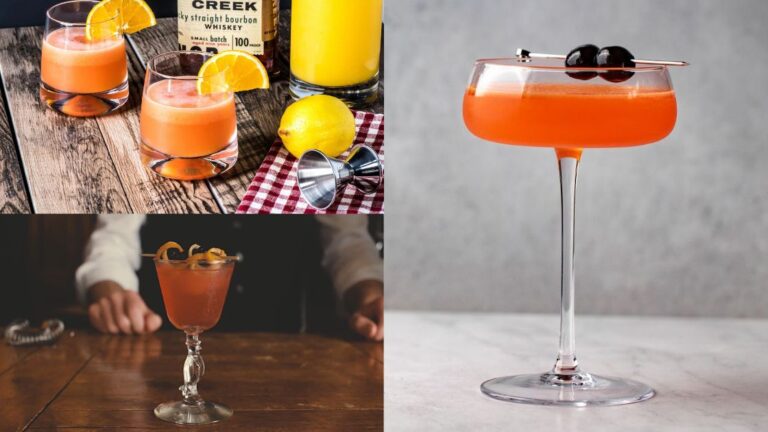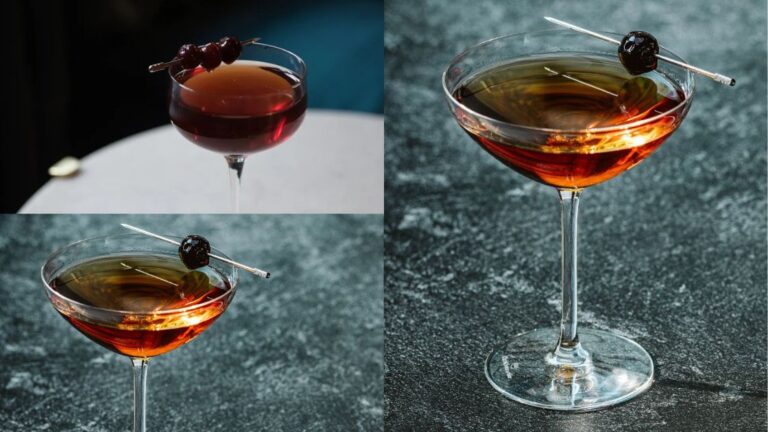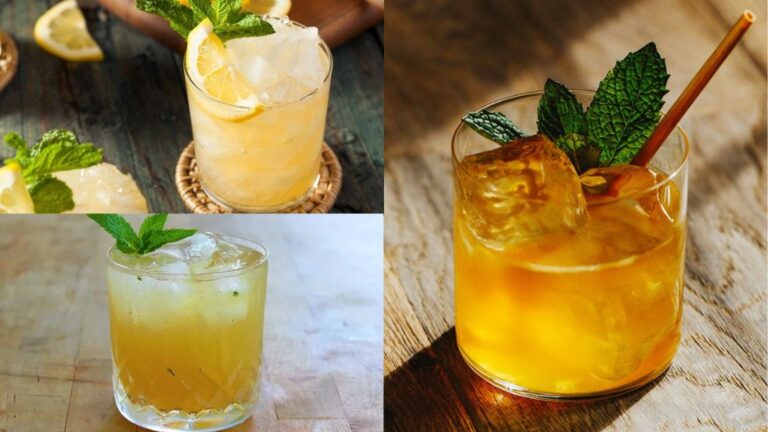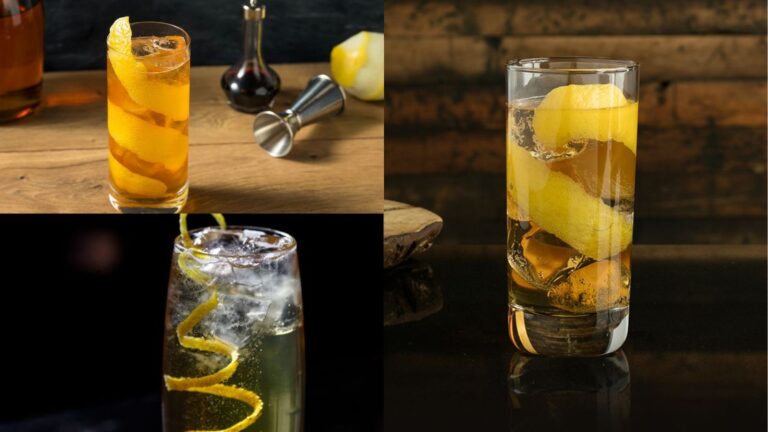Whisky vs Whiskey: Spelling Differences
Ever wonder why that beloved bottle in your cabinet is sometimes spelled “whisky” while others add an “e” to become “whiskey”? It’s not just a spelling choice; it’s a nod to age-old traditions and cultural quirks. Knowing which term belongs where adds a little somethin’ to savor with each sip.
Whisky in Scotland, Canada, Japan
If you’re sauntering through a Scottish distillery or a Canadian tavern, you’re in “whisky” land. Same with the folks over in Japan. The spelling holds true to the roots of Scotland and Gaelic tradition. According to the rules laid out by the Alcohol and Tobacco Tax and Trade Bureau (TTB), these countries gotta call it “whisky”.
- Scotland: Ever heard someone say “Scotch”? It’s short for Scotch Whisky, known for dodging the “e.” If you’ve got a taste for details, check out scotch vs whiskey.
- Canada: Sticking to their Scottish connections, Canadian bottles wear the “whisky” label. Authenticity matters here (Whisky Analysis).
- Japan: The Japanese took the Scottish playbook too, stamping “whisky” on their fine work. They’re thorough with their craft, and it’s paid off big time (Scotch Whisky Experience).
Here’s a quick look:
| Country | Term Used |
|---|---|
| Scotland | Whisky |
| Canada | Whisky |
| Japan | Whisky |
Whiskey in Ireland, United States
Hop over to Ireland or the US, and you’ll find that extra “e” in “whiskey.” This goes deep with history and culture, tracing back to when Irish folks brought their distilling skills to America way back when.
- Ireland: The spelling with an “e” is something the Irish cherish deeply. It makes a clear line between Irish whiskey and Scotch. Ponder more at whiskey vs bourbon.
- United States: Whether it’s a bottle of Jack Daniel’s bourbon or Makers Mark whisky, this can also wear the “whiskey” badge. Blame it, or maybe thank it, on Irish immigrant influence.
A peek at the table:
| Country | Term Used |
|---|---|
| Ireland | Whiskey |
| United States | Whiskey |
Knowing these spelling quirks gives you that extra edge in the “whisky vs whiskey” game and a story to share over drinks. If you’re curious about enjoying these golden pours, we’ve got guides on how to drink whiskey and whiskey straight. Cheers!
The Origins of Whisky Spelling
Let’s roll back the barrels and explore why we say “whisky” or “whiskey” — it’s more than just letters, it’s history in a glass!
Historical Spelling Conventions
So, here’s the scoop. In Scotland, Canada, and Japan, they drop the “e” and go with “whisky.” But if you’re strolling through Ireland or hanging stateside, you’ll find folks adding that “e” to make it “whiskey.” This little twist dates back to when Irish settlers carried their spelling quirks across the pond to America.
| Region | Spelling |
|---|---|
| Scotland | Whisky |
| Canada | Whisky |
| Japan | Whisky |
| Ireland | Whiskey |
| United States | Whiskey |
In Canada, the Scots’ influence is clear with their “whisky.” Meanwhile, the U.S. and Ireland love their “e” in “whiskey.” But it’s not all cut and dry; some American brands like Maker’s Mark and George Dickel stick to the “whisky” spelling, nodding to their roots or just wanting to be rebels in the whiskey world.
Influences on Whisky vs Whiskey
Why the difference? A lot is owed to Scottish and Gaelic beginnings. In places like Canada and Japan, they tip their hats to those origins with “whisky.” Plus, there are bunches of rules, like those from the Alcohol and Tobacco Tax and Trade Bureau (TTB), that decide which spelling goes where.
Over in America, thanks to the Irish in the 18th century, “whiskey” became a thing, marking a link to their heritage. But even among America’s bourbon crowd, a few mavericks prefer “whisky” to harken back to old stories and traditions.
Want to geek out more on this? Check out our deep-dive into whisky vs bourbon and find some tips in how to drink whiskey or learn about enjoying it whiskey straight.
Getting to know these spelling backstories gives the whisky or whiskey you’re sipping a bit more flavor—not just in taste, but in tale. Cheers to the history in your glass!
Types of Whisky: Bourbon, Rye, Wheat, Barley
Getting to know the different types of whisky can really boost your appreciation for this classic drink. Each variety, made from its own special grain, brings something different to the table—flavors, smells, and other qualities. Let’s check out the main types: bourbon, rye, wheat, and barley.
Bourbon Characteristics
Bourbon whisky’s got to have a mix of at least 51% corn and take a nap in new charred oak barrels (Designer Dram). That corn gives it a sweet kick with hits of vanilla and caramel.
| Characteristic | Details |
|---|---|
| Primary Grain | Corn (at least 51%) |
| Aging | New, charred oak barrels |
| Flavor Profile | Sweet, vanilla, caramel |
| Examples | Maker’s Mark, Jack Daniel’s, Johnny Walker |
Rye Whiskey Traits
Rye whiskey’s like the bold sibling with its zingy spice and dryness. It needs at least 51% rye grain (Designer Dram). It doesn’t pack as much body as bourbon but makes up for it with a spicy, complex flavor.
| Characteristic | Details |
|---|---|
| Primary Grain | Rye (at least 51%) |
| Flavor Profile | Spicy, dry, complex |
| Examples | Fireball Whiskey, Johnny Walker Whiskey |
Wheat Whiskey Profile
Wheat whisky is the gentle giant—smooth and mellow. It’s a friendly choice if you’re just starting out with whisky, offering soft, sweet notes and a silky finish.
| Characteristic | Details |
|---|---|
| Primary Grain | Wheat (majority) |
| Flavor Profile | Smooth, sweet, approachable |
| Examples | Maker’s Mark |
Barley Whiskey Attributes
Barley whisky—think Scotch vibes—with earthy and smoky flavors. Barley gets malted and sometimes dried over peat, giving it a rich and malty character. It’s often dry and hits the palate hard (Designer Dram).
| Characteristic | Details |
|---|---|
| Primary Grain | Barley |
| Flavor Profile | Earthy, smoky, malty |
| Examples | Scotch |
Trying out these different whiskies can really open up a whole new appreciation for this timeless drink. Whether you’re into bourbon’s sweet, rye’s spice, wheat’s smoothness, or barley’s smoke, there’s something for everyone’s taste.
Want more cool whisky tips? Check out our guides on how to drink whiskey and whisky with water.
Scotch Whisky: Malt vs Grain
You wondering about Scotch? Let’s crack open the world of Malt Whisky versus Grain Whisky. Knowing these two apart makes your sippin’ game sharper and your bar bragging rights impressive.
Malt Whisky Distinctions
Malt Whisky is all about that malted barley, crafted in pot stills. It’s the oldest story in the Scotch book—from way back in the 1400s. Where it’s made gives it its swagger:
| Region | What’s Goin’ On |
|---|---|
| Lowland | Light and flowery |
| Highland | Full and peaty |
| Speyside | Sweet and rich |
| Islay | Smoky, medicinal kinks |
| Campbeltown | Briny, with crazy mysteries |
Malt Whiskies are like that mysterious friend, always surprising you with layers of flavor—from sweet dreams and fruity vibes to bold, smoky sass. They keep the taste buds dancing.
Grain Whisky Details
Then you’ve got Grain Whisky, made from whatever grains are around—corn, wheat, a dash of unmalted barley—all cooked up in continuous column stills. It’s lighter, a little shy on aroma, but smoother than a second helping of dessert.
| Feature | Malt Whisky | Grain Whisky |
|---|---|---|
| Ingredients | Malted Barley-ish | Mixed Grains |
| Distillation | Old-school Pot Stills | Flashy Column Stills |
| Flavor Profile | Complex, fearless | Smooth, delicate |
| Maturation | Takes its sweet time | Ready faster |
Grain Whisky chills out faster, and it plays well with others in blends. It can soften up the big personalities of Malt Whiskies, creating a drink that’s balanced like a gymnast.
If you’re thirsty for more than just a taste, check out scotch vs whiskey for the lowdown. Also, don’t miss out on how to drink whiskey and whiskey straight for some fine-tuning of your whiskey journey.
Whisky Production Factors
Getting to the heart of what separates whisky from whiskey involves digging into what makes their production tick. The little things during creation shape the taste and character of each bottle — it’s like the difference between your grandma’s secret recipe and store-bought cookies!
Water, Peat, Climate Impact
Mother Nature sure pulls the strings when it comes to crafting Scotch whisky (Scotch Whisky Experience).
- Water: Think of it like the difference between tap water and the fancy stuff — only here, it’s from springs and rivers. Where a distillery gets its water can change the game on flavor. Two places right next to each other could whip up whiskies that are worlds apart.
- Peat: Ever had a smoky BBQ and tasted the difference woodfire makes? In Scotland, peat fires dry the barley, turning the smoke up a notch. And if you’re sipping Islay whiskies, prepare for a taste that could warm your socks off!
- Climate: The Scottish weather isn’t just for wearing wool sweaters. The chill and damp climates slow down aging, giving flavors time to grow and get more interesting.
Distillery Variations
Each distillery is like its own little flavor lab. Here’s why they churn out such unique whiskies:
- Water Source: It’s not just water — it’s the character it brings, loaded with the personality of local minerals.
- Stills: These are the workers behind the scenes. The size and shape of pot stills — like crafters of a good brew — put their stamp on flavor and purity.
- Expertise: It’s just like following a recipe without burning the cookies. The distillers’ know-how is essential, from the bubbling pot to the aging room, it’s their fine-tuning that makes all the difference.
For a taste test on how different grains shake things up, check out whisky vs bourbon.
| Factor | Description |
|---|---|
| Water | Its source can jazz up flavors distinctly for each distillery. |
| Peat | Adds that smoky vibe when drying the malt barley. |
| Climate | Chill and moist, this slows the aging, drawing out deeper flavors. |
| Stills | Their size and shape give a unique touch to purity and taste. |
| Expertise | The distillers’ craftiness seals the deal on taste. |
| Additional Factors | Things like local peculiarity, barrel types, and how long it’s aged round out the taste. |
Collectively, these details weave the rich and varied tapestries of flavors that make whiskies from different spots so distinctive. A handle on these elements could make your next sip a whole lot more rewarding.
Got the itch to learn even more? Dive into the nitty-gritty with whiskey straight and see how techniques shape the spirit world. And, if you’re curious about brands like jack daniels bourbon and makers mark whisky, find out the unique spins they take to build their legendary liquors.
Global Whisky Insights
To get the lowdown on the whole whisky vs whiskey thing, we gotta dive into where these spirits come from. Here’s a peek at some big whiskey makers and their distinct markets, all adding flavor to the giant whisky mix.
Top Whiskey Makers
Scotland
Scotland and whisky are like best buds. Scotch is their pride, super-controlled, and loved everywhere. With over 130 distilleries, they churn out more than 700 million liters yearly. Scotch makes up 22% of all UK food and drink exports. Check out more scotch vs whiskey stuff if you’re curious.
| Country | Distilleries Count | Annual Production (liters) |
|---|---|---|
| Scotland | 130 | 700 million |
| USA | 2000+ | 477 million |
| Ireland | 32 | 100 million |
| Japan | Variable | Moderate |
| India | Growing | Variable |
Data provided by Hackstons.
Ireland
Lately, Irish whiskey is making a real splash, especially in America. With 32 distilleries pumping out about 100 million liters annually, many newcomers sprang up during the 2010s, giving this growing market a big shake-up.
United States
The US is whiskey crazy, boasting 2,000+ distilleries across every state, producing roughly 477 million liters a year. It’s a wild mix, with lovelies like Bourbon, Rye, and Tennessee whiskey in the mix (Hackstons).
Special Flavor Markets
Japan
Japanese whisky’s got a unique style and creativeness that makes it stand out. Many Japanese distilleries keep their casks tight-lipped, making them rarer and pricier in the whisky collecting circles (Hackstons).
India
Indian whisky’s on a roll, focusing more on top-notch single malts. The hot climate there speeds up maturing, adding an interesting twist for investors (Hackstons).
For those keen on how regional whiskies mess with the whole whisky vs whiskey debate, or for those wanting to learn more about the making and taste of whiskies, check out our guides on jack daniels bourbon, johnny walker whiskey, and whisky with water.
